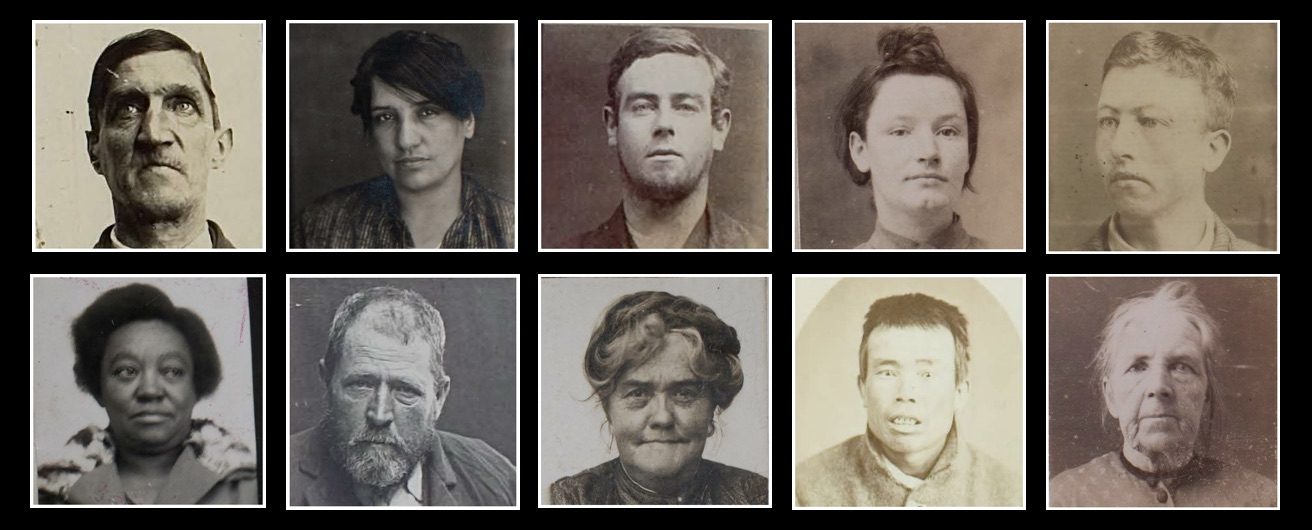Three learning activities have been designed that use the citizen science project Criminal Characters to engage students in critical reflection of crime and the criminal justice system in Australia, particularly its socio-historic development across the nineteenth and twentieth centuries. These activities provide students with a chance for hands-on research with historical legal records, while grounding the individual cases students will examine within wider frameworks.
Subject co-ordinators across law, criminology and history were consulted in the development of these materials, in order to make them as relevant to different disciplines as possible.
Three learning activities are provided. The material for each learning activity is laid out as follows:
• Aims – a brief discussion of the core learning goals the task is intended to facilitate.
• Task – a step-by-step guide to the basic elements of the task.
• Extensions – suggestions about how the task can be extended to incorporate specific topics or deepen student learning.
• Mode of delivery – suggestions about how the task can be adapted to face-to-face, online and blended settings, as well as used as an assessment item.
• Resources – links to the resources that have been developed for the task, such as worksheets or handouts.
• Readings – a short list of further readings that instructors may wish to assign to the class, or draw on in preparing for their content delivery on the topic.
Instructors can choose one of the three activities described to act as a stand-alone classroom learning activity or assessment task. Alternatively, all three activities can be employed to consecutively build student learning on different aspects of criminal justice through a scaffolded approach where students develop further skills and knowledge as they progress through a suite of activities that explore a shared case study.
Activity One, the Offender Match-Up Exercise, has students reflect critically on common historical crime patterns.
Activity Two, the Parole Board Scenario, has students engage with the application of sentencing principles through role play.
Activity Three, Contexts of Crime Timeline, has students contextualise an individual case study within wider historical developments, legal issues and/or criminological concepts.
